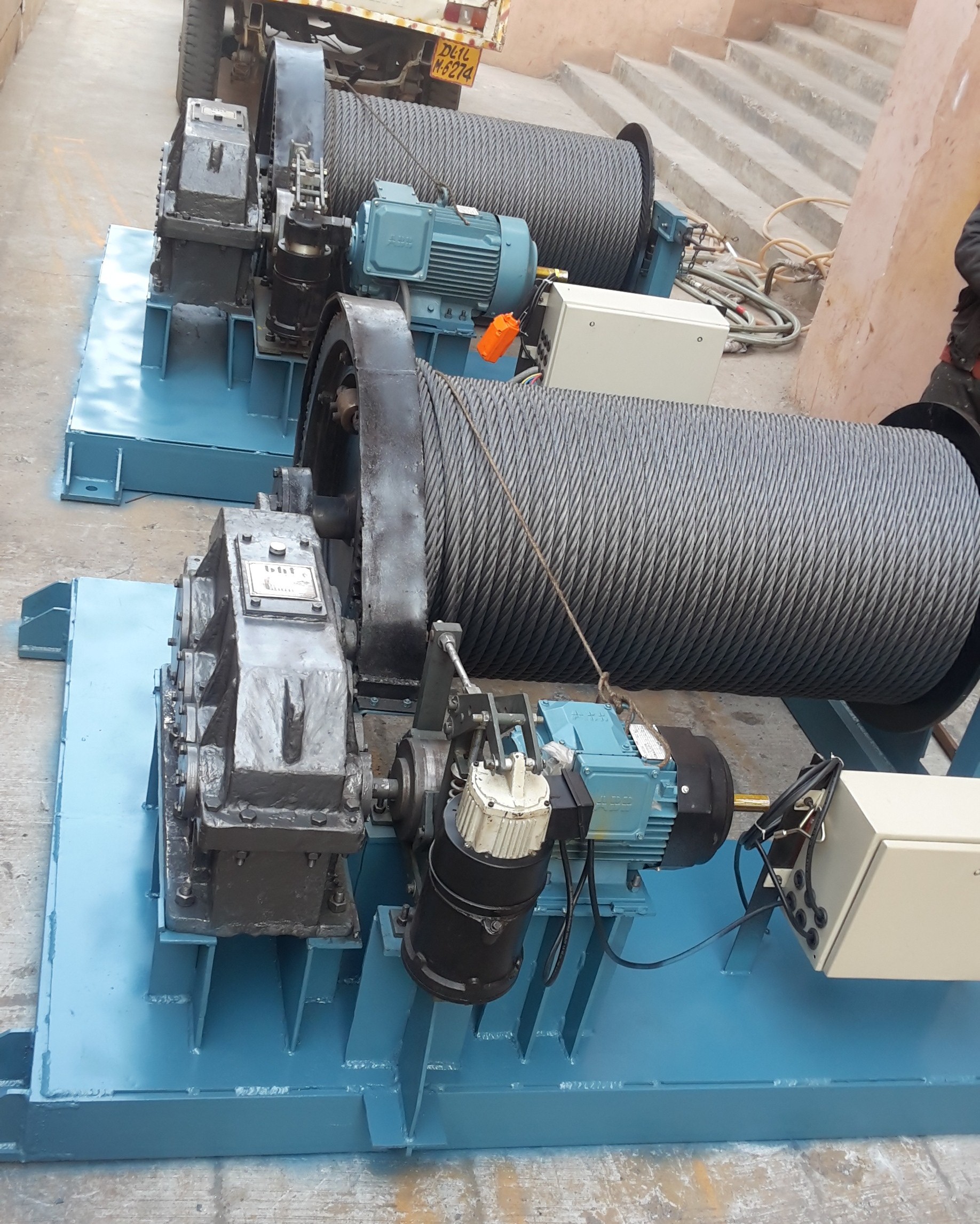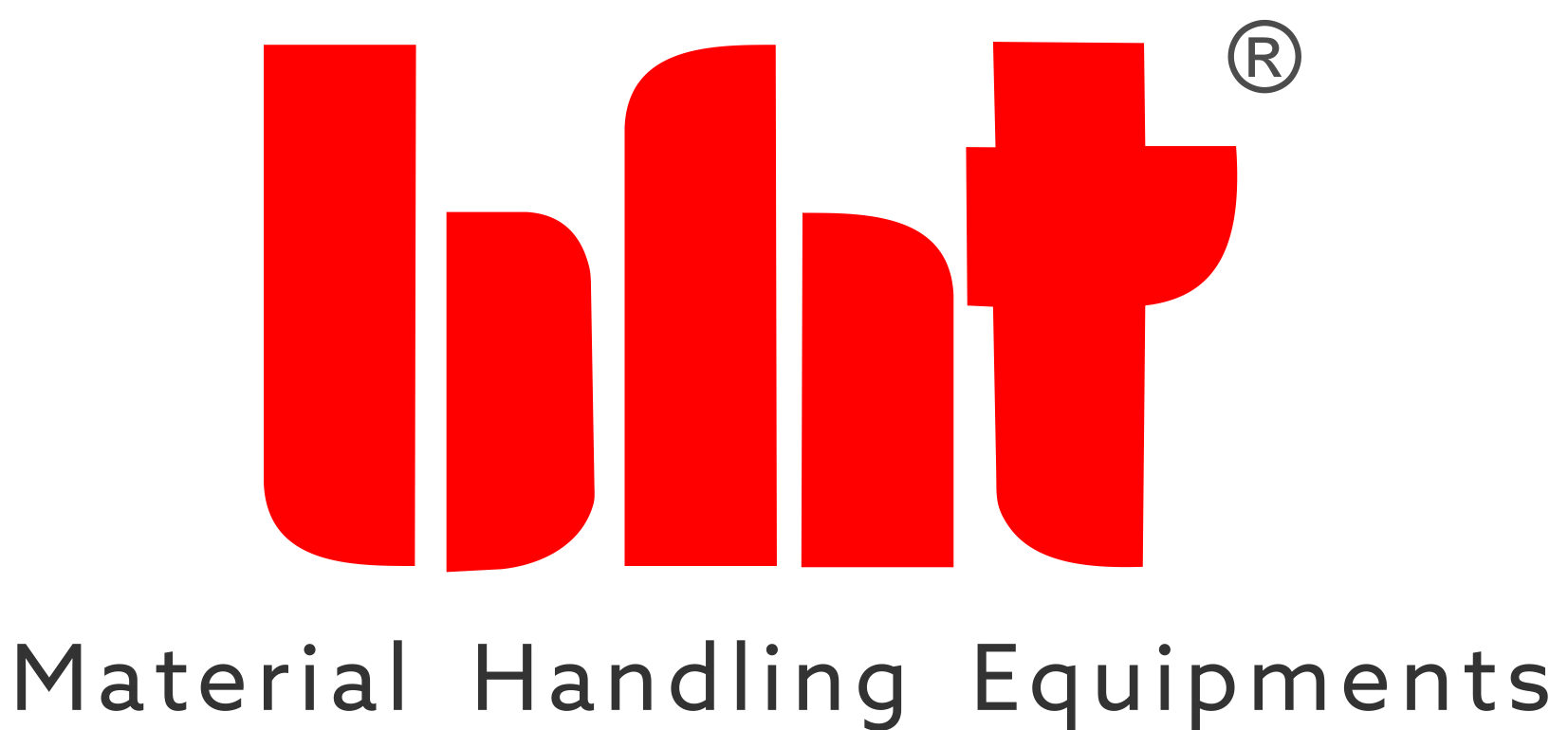Electric Winch Machine
Power-Driven Lifting and Pulling, Engineered for Performance
Electric winch machines are motorized devices designed to handle the pulling and lifting of heavy loads with precision and consistency. Unlike manual or hydraulic alternatives, these winches rely on an electric motor to generate torque, rotating a drum that winds or unwinds a steel wire rope or synthetic cable. This mechanism allows controlled movement of loads across horizontal, vertical, or inclined paths — making electric winches indispensable in sectors such as construction, shipyards, logistics, mining, and even off-road recovery.
At the core of every electric winch is a high-performance motor coupled with a gearbox, providing the necessary torque multiplication for efficient load handling. A robust spool holds the cable, while integrated braking systems ensure operational safety. Most models come equipped with remote control systems — wired or wireless — allowing operators to manage movement from a safe distance.
Whether you’re hauling structural frames on a construction site, maneuvering heavy equipment inside a factory, or securing vessels in marine operations, electric winch machines offer the perfect balance of power, control, and safety.

Electric Winch Machine Overview
| Key Functional Components | |
|---|---|
|
|
| Available Types for Specific Needs | |
|
|
| Advantages That Set It Apart | |
|
|
| Industry-Wide Applications | |
|
|
What to Consider When Buying:
- Load Capacity: Understand the heaviest load you need to move regularly.
- Rope Length & Type: Choose based on required reach and flexibility (steel vs. synthetic).
- Power Source: Match the winch with your site’s AC, DC, or battery setup.
- Duty Cycle: Check if the winch can handle long or repetitive cycles without overheating.
- Safety Features: Look for thermal protection, limit switches, and reliable braking systems.
- Control Preferences: Decide between remote control, wired control, or integrated panels for your setup.
With their seamless integration of power, performance, and safety, Electric Winch Machines are a reliable choice for professionals looking to streamline material handling and ensure safe load operations — whether on land, at sea, or in rugged terrain.
